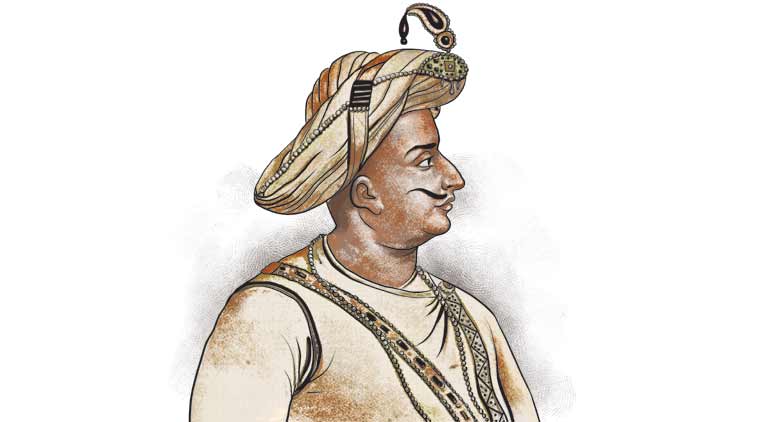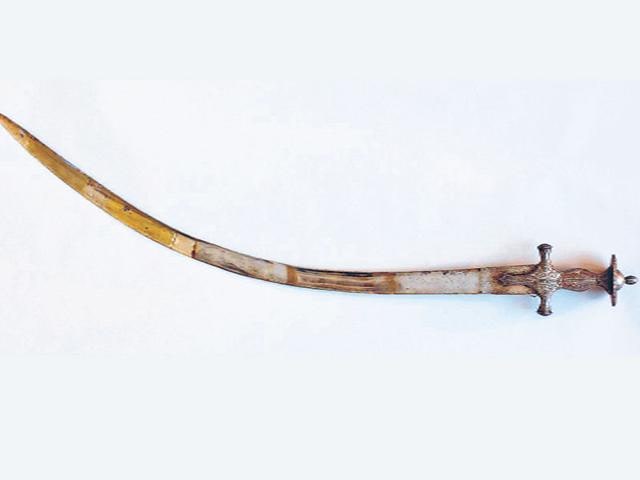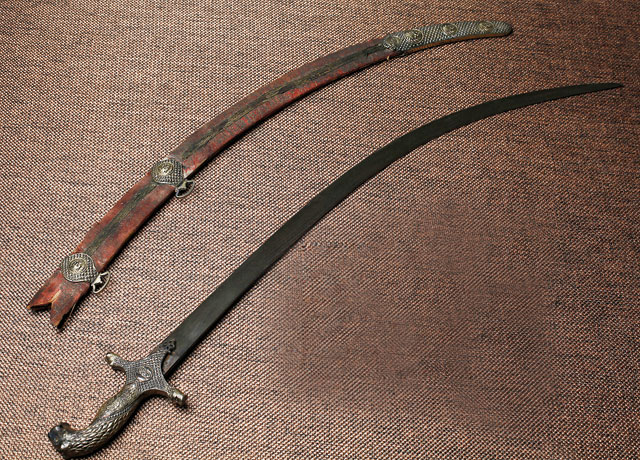The Jumboo Savari
Astride grandpa’s shoulders, I watched the grand procession wend its way
Mysore — the word may conjure up grand visions of the nine-day Dasara festival, culminating in the world famous Jamboo savari or elephant procession. But as a 1948-born person, what I witnessed was a very different Mysore. That Mysore was a peaceful town — not actually a city. It was known for its salubrious climate and leisurely pace of life. People were highly cultured, their easy going disposition bordering on laziness.
The broad streets of the well laid-out city was lined on either side by magnificent gulmohar, ficus and rain trees. Along with verdant parks and palaces, Mysore was a pensioner’s paradise. Bicycle and tongas were the preferred modes of transport. Vintage cars could be sighted occasionally. Children loved to sit in the front of the tonga, just to watch the horses at close quarters. I had also seen buses powered by coal and steam.
Mysore has always been famous for several things — jasmine, betel leaves, sandalwood, silk, Mysore Pak and Nanjangudu rasabale (special variety of banana). But then it is Dasara, which attracts tourists from across the country and abroad.
Dasara showcases Mysore as the cultural icon, the town being home to eminent litterateurs and musicians. The Maharajas of Mysore were not only great patrons of music and fine arts but very good composers and musicians too. Under their patronage, both Carnatic and Hindustani artistes flourished and were made court musicians or asthana vidwans.
Cultural renaissance peaked during the reign of four kings — Mummadi Krishnaraja Wodeyar (1794-1869), Chamaraja Wodeyar (1863-1894), Nalvadi Krishnaraja wodeyar (1884-1940, also hailed as Rajarishi) and Jayachamaraja Wodeyar (1919-1974), who was the 25th and the last ruler of the Mysore Wodeyar dynasty. This period is rightly called the Suvarna yuga or golden age in the musical and cultural history of Mysore.
I had the fortune of seeing the last ruler, Sri Jayachamaraja Wodeyar, during the Dasara procession or jamboo savari, being seated on a caparisoned elephant. I also talked to him when my father performed for his daughter Gayathri Devi’s marriage reception at the Mysore palace during the early 1970s.
Although my father, the late R.K. Srikantan was not an asthana vidwan of the Mysore palace, he was closely associated with it. He was invited to perform at the marriage reception of Gayathri Devi, the daughter of the late Maharaja Jayachamaraja Wodeyar. On some days, he would give music lessons to his student coming home. Thus I was constantly exposed to music which made me imbibe many aspects of Carnatic music at a tender age of three. The house on the Parakal Mutt Road, where we shifted, was a virtual hub with father inviting stalwarts such as Musiri Subramanya Iyer, Semmangudi Srinivasa Iyer, Ariyakudi Ramanuja Iyengar. They came to Mysore to perform at the hallowed precincts of Bidaram Krishnappa Ramamandira, venue of Ramanavami festival. I would accompany my father to these concerts.
I was also fortunate to have my grandparents (maternal) residing in Mysore on Seeneerkatte Road in Nanjumalige extension. I would move there during Dasara to be pampered and to soak in the mood.
The palace would dazzle, casting a spell on the onlooker, something it continues to do even today. Chamundeswari — the Goddess, who annihilated Mahishasura — being the deity of the Mysore royal family, Vijayadasami, which symbolises the triumph of evil over good, has special significance in this part of the country.
It was Raja Wodeyar I (1578-1617), first ruler of independent Mysore kingdom in 1610, who started the nine-day Dasara festivities with all pomp. The festivities, which begin at the Ambavilas Palace invoke the regal tradition inherited from the Vijayanagar kings. On the tenth day, the much-awaited procession (jamboo savari) begins with a 21-gun salute.
Pandava link
The Maharaja would mount the royal elephant from a specially erected high platform in the palace and after being seated in the 750-kg golden howdah placed on the caparisoned elephant would go to Bannimantap to worship the sacred Banni tree. It is said that it is on this tree that the Pandavas hung their weapons during the 12-month exile. The procession was followed by military troops, the palace band, nagaswaram, the royal insignia of Gandaberunda, the State elephant, State horse and State cow. The members of the royal entourage were dressed in white pants, with a long black coat and sported the Mysore turban or
peta. A golden-bordered sash would be placed across the coat.
After finishing worship, the Maharaja would return to the palace. My grand father, a well-built person sporting a big moustache, would carry me on his shoulders so that I could have a good view of the procession. A person would hover closely behind the elephant in order to collect the dung — a sight, which was a huge amusement for the children.
Apart from the palace celebration, an attraction was the arrangement of dolls at my grandparents’ home. The stay also meant that I could indulge in the delights my grandma’s kitchen offered. A culinary expert, she swore by the traditional method of cooking in stoneware using charcoal or wood. The spread was breathtaking — Mysore saaru (rasam),
huli or sambar, varieties of palyas or curries made out of vegetables, different types of
murukku, sweets like payasa and Kesari bath liberally sprinkled with pure saffron and cashew, pongal, seekarane or mango milk shake (during summer) and so on. The breakfast menu included varieties of
uppittu or uppuma, fenugreek dosa with pure ghee or butter, avalakki or
poha and masala idlis. Dasara days used to be hectic for her in the kitchen and she would never grumble. My mother, another great cook, inherited the skill from grandma.
I smell the fragrance of Mysore Mallige and sandalwood incense even as my mind drifts to the past. The mind knows that changes are inevitable but the heart craves for that golden era, memories of which are forever.













